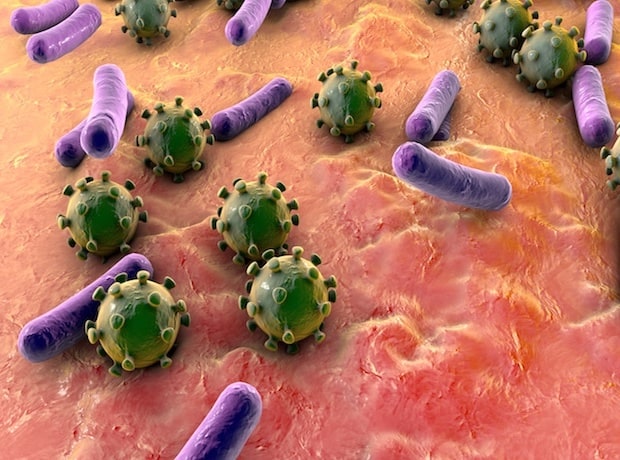Researchers from the Massachusetts Institute of Technology and the University of Helsinki in Finland have discovered a protein found in human sweat that can protect against Lyme disease.
As published in Nature Communications, around one-third of the population was found to carry a genetic variation of SCGB1D2, a secretoglobin associated with Lyme disease, a bacterial infection transmitted by ticks.
Affecting nearly half a million people in the US annually, Lyme disease is often caused by a bacterium called Borrelia burgdorferi and can cause symptoms such as fever, headache and fatigue.
Previously, researchers from Stanford University ran a genome-wide association study (GWAS) on a Finnish dataset containing genome sequences of 410,000 people, including 7,000 patients with Lyme disease and revealed three links to Lyme disease, including two already-identified hits in immune molecules and a third, unidentified hit being SCGB1D2.
Produced primarily by cells in the sweat glands, secretoglobins are a group of proteins found in tissues that line the lungs and other organs that play a role in immune responses to infection.
In an effort to determine how this protein influences Lyme disease, the new study created normal and mutated versions of SCGB1D2 and exposed them to lab-grown Borrelia burgdorferi.
Researchers found that the normal version of SCGB1D2 inhibited the growth of the bacterium, while the mutated version of the protein required twice as much SCGB1D2 to suppress bacterial growth.
After injecting exposed bacteria with either the normal or mutated variant of SCGB1D2 into mice, the team found that mice injected with the bacteria exposed to the mutant protein became infected with Lyme disease, while mice injected with bacteria exposed to the normal version of SCGB1D2 did not.
Estonian researchers later replicated these results using data from 210,000 people, including 18,000 with Lyme disease, from the Estonian Biobank.
Researchers plan to investigate whether SCGB1D2 could prevent infection from Borrelia burgdorferi and explore the protein’s potential as a treatment for infections that are antibiotic-resistant.










